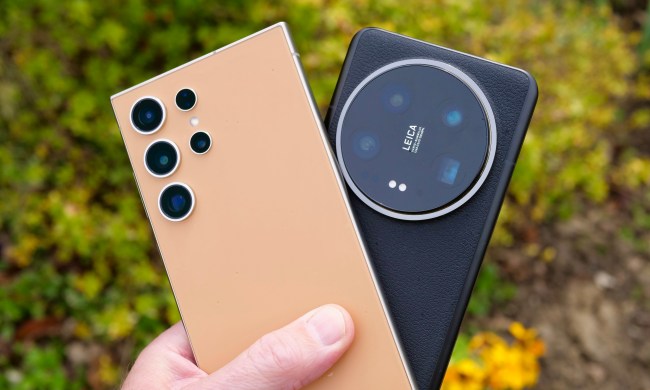But what about videographers, or photographers looking to shoot more video? Do the aperture, shutter speed, and ISO all act and function the same way when shooting video? Yes, they do, but there are things that need to be taken into account on the video side that aren’t as important or necessary on the still-photography side.
YouTuber Chris Pike, the man behind DSLR Video Shooter, recently released a great excerpt from his Panasonic GX85 overview tutorial in which he discusses each element of exposure — the aperture, shutter speed, and ISO — going in depth into each with examples and demonstrations of how they affect the scene and exposure of the shot.
But beyond the basics, Pike jumps into specifically how these functions are different for video. The element that exhibits the biggest difference is undoubtedly shutter speed, which in video should be kept to the 180-degree rule. That rule dictates that the shutter speed should be set at twice the frame rate to achieve the standard cinematic look. On most cameras today that would be 50th of a second at 24 FPS.
Pike demonstrates this perfectly with several video clips which clearly show the effects of a very slow shutter speed as well as very fast shutter speeds. If you have been struggling with how to produce higher quality video content, having a solid handle on the basics is key, and this video is a great place to start.


